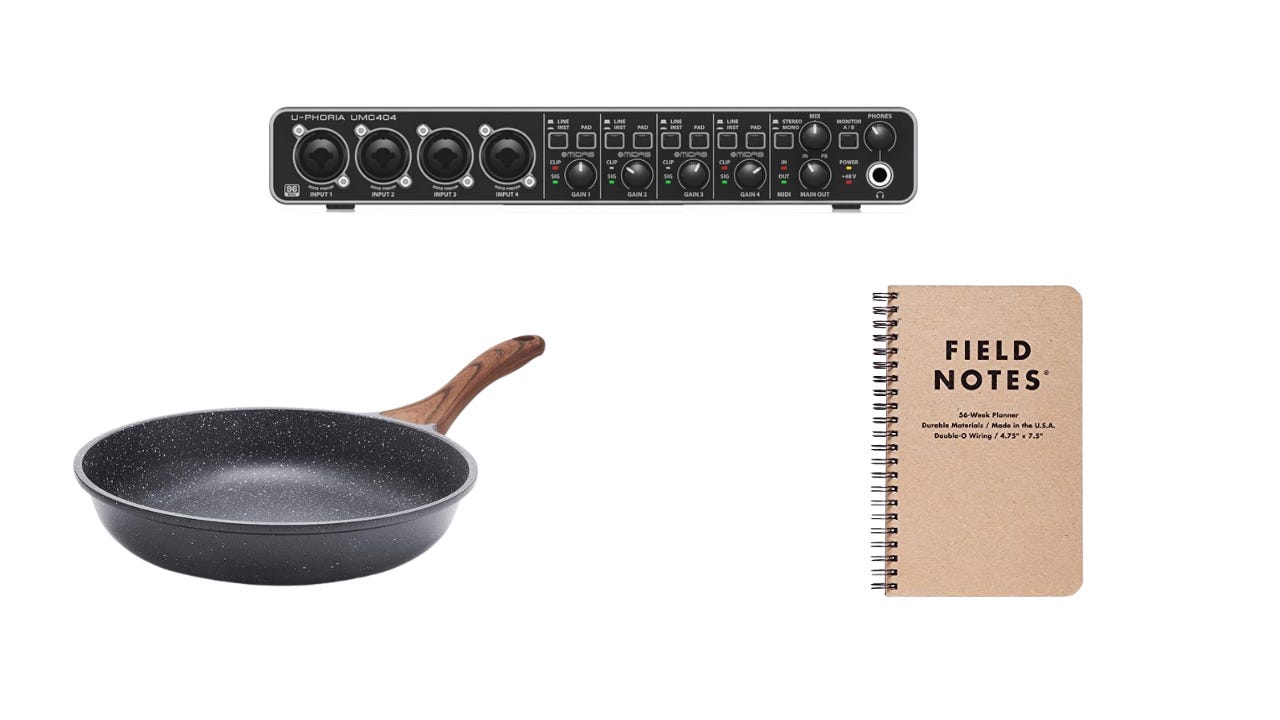Extreme Alpinism
Going light by going fast
I’m struck by any book on a dangerous subject that looks as though it escaped the inspection of lawyers.Extreme Alpinism (with the exception of the title) is the best book I have read on any outdoor subject. It’s devoted largely to author Twight’s theory and practice of alpinism — his drastic gear weight reduction methods go far beyond simple ultralight camping. Twight has combined new ways of using clothing, equipment, nutrition, and training to survive impossible situations and achieve incredible feats. The sections on Twight’s own failures are a rarity and probably the best part. While I’m not an alpinist myself, this book has been inspirational in all my outdoor activities.
01/16/04Excerpt
Extreme alpinism can mean different things to different climbers. In this book, we define it simply as alpine climbing near one's limits. We use "extreme" to denote severe, intense, and having serious consequences. To survive in the dangerous environment where ability and difficulty intersect, the climber must visualize the goal and the means to realize it. After training and preparation, the climber tackles the route, moving as swiftly as possible with the least equipment required. For a fully trained and prepared athlete at the top of his or her game, only the hardest routes in the world offer sufficient challenges to qualify as extreme.
*
We look upon both the preparation for climbing and climbing itself as a process of self-transformation, of character building. Character means more than strength or skill. We will belabor this notion because it is the core truth at the heart of hard climbing. Extreme alpinism is a matter of will. We all know this to be true. In every endeavor, people who concentrate and refuse to quit become the elite.
An alpinist needs to acquire facility in rock climbing, ice climbing, weather forecasting, snow safety, approach methods, retreat techniques, bivouacking, energy efficiency, nutrition, strategy and tactics, equipment use, winter survival, navigation, and so forth. The more you know, the safer and more efficient you will be in the mountains.
In a dangerous environment, speed is safety. Climbing routes at the edge of the possible is akin to playing Russian roulette. Each time the cylinder spins, the chance of firing a live cartridge increases. Therefore, "Keep moving" is the mantra of the extreme climber. The idea of speed permeates this book.
*
It's impossible to stay fully hydrated while actually climbing, so rehydrating at the end of the day or during breaks between hard effort is essential. Because of the climbing, your body will be dehydrated, your stomach and your entire system will be highly acidic, your muscles will be holding onto metabolic waste, and your glycogen reserves will be gone. First and foremost, you must drink. Plain water is fine. Once you are a quart ahead, start adding your recovery foods and supplements. Avoid acidic food and drink. Your body already is in an acid state, so look for foods that buffer it. Acidic foods also are more difficult to absorb. Citrus juices, for example, are acidic and the high sugar content will impede gastric emptying.
*
Light and fast as a style results in the ultimate autonomy and self-determination -- but any time you decide to pare food, fuel, and gear down to a marginal level, you accept great risk and must therefore accept great responsibility. If your style is too light, or you drop a crucial piece of gear, or the weather turns bad, you must retreat. Or if you are too high on the mountain, then you have to fail upward as quickly as possible. You must keep moving at all costs. Movement is your only safe haven.
*
On the other hand, there may be no way in hell to do the route without sleeping on it. If that's the case, live with the minimum. Do not pursue comfort. Aim for success only. On a one-bivy route, don't plan on a good night's sleep. Never take a cup and a bowl. The water bottle and the pan for the stove will do. Each climber may carry a spoon -- that's it. Forget your manners. Forget the Ten Essentials. No matter how long the intended route, carry only the genuinely essential.
Nancy Feagin and Mark Twight preparing for a bad night on a bad (small) ledge. Mont Blanc Massif, France.
Extreme Alpinism: Climbing Light, Fast, & High Mark F. Twight 2001, 238 pages $19, The Mountaineers







